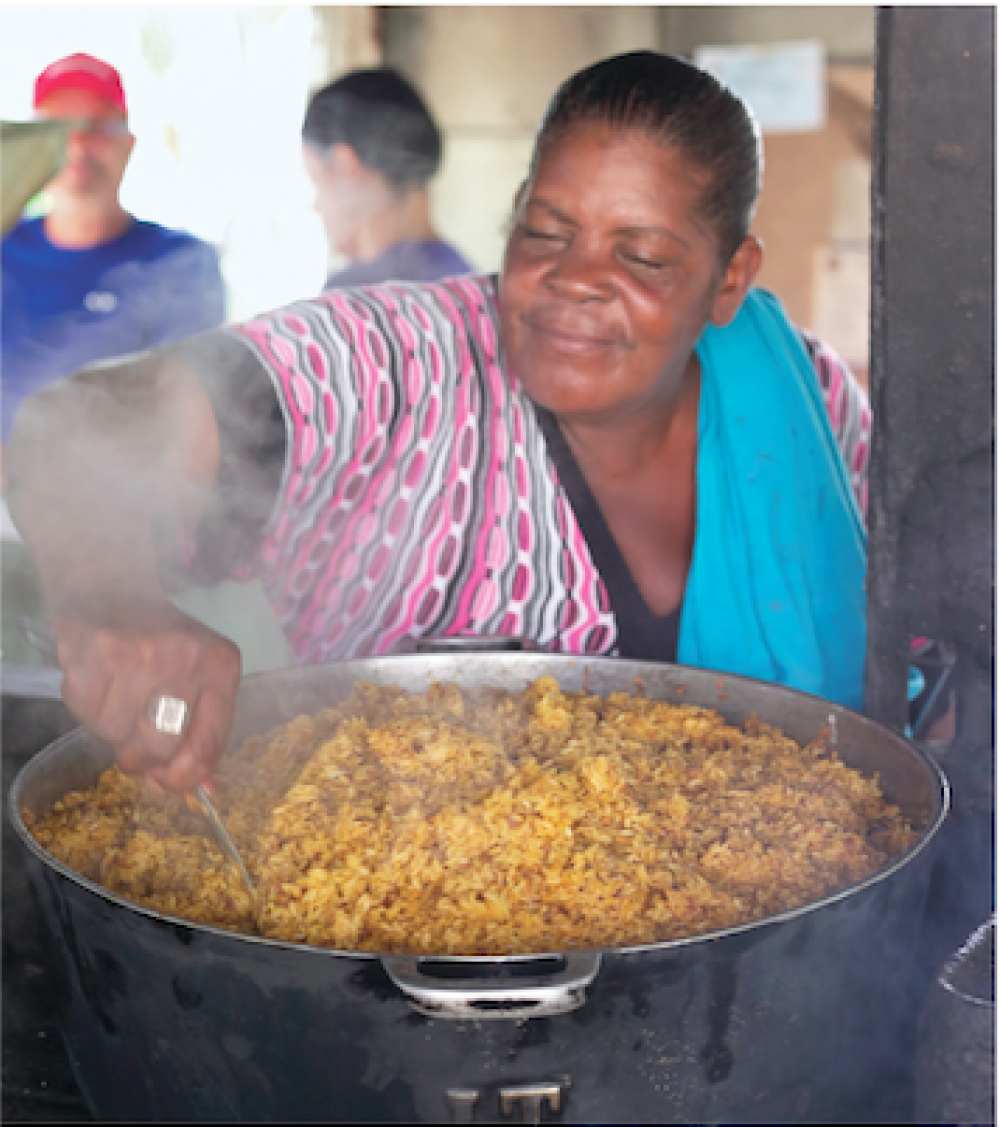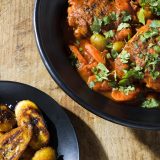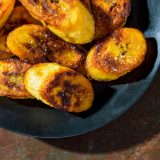Where France has its mirepoix of carrots, celery and onion, and China its garlic, ginger and scallions, Puerto Rico has sofrito, a mix of aromatics, vegetables and herbs that forms the flavor base of so many of the island’s meals. So much so, in fact, chef Jose Santaella says it’s impossible to discuss Puerto Rican cuisine without it.

“Every place has their own flavor starter recipe, they just call it another thing,” says Santaella, author of “Cocina Tropical,” now in its sixth printing. “When you’re starting to add layers of flavor, you start with onions and garlic, because no matter where, you don’t just boil chicken. It’s the most basic thing.”
First brought to Latin America by Spanish explorers, sofrito can be as simple as a mix of onion, garlic and oregano sautéed in olive oil. In Puerto Rico, likely additions include bits of smoked ham, tomato, cilantro, sweet ají peppers and culantro, a pungent, long-leafed herb similar to cilantro (also called recao).
Santaella goes a few steps further, incorporating 15 ingredients into his sofrito, including roasted red peppers, homemade annatto oil and alcaparrado, a briny mix of pimento-stuffed olives and capers.
Sofrito shows up frequently in the food at Santaella’s sleek, self-named restaurant in central San Juan, where the island’s cultural traditions are blended with international influences picked up during his time spent working, traveling and training in California, Spain and France. But it’s even more prominent in his book, which is a more faithful compendium of Puerto Rican cuisine, both traditional and contemporary, albeit with some of his own twists.
For one of the most popular Latin American dishes, arroz con pollo, or chicken with rice, Santaella doubles down on many flavors to elevate a meal he ate once a week growing up. The alcaparrado and roasted peppers are cooked into the sofrito, for example, with more of both added later to add distinct pops of flavor.

Meanwhile, cooking the rice in a combination of beer and homemade chicken stock actually lightens the dish, as the hoppy bitterness of the beer helps balance the richness of skin-on chicken.
The alcaparrado also finds its way into another sofrito-based recipe we loved, Santaella’s chicken fricase, a simple stew of chicken parts with potatoes and carrots. “I’m looking for that briny, salty flavor that cuts through the fat,” he says. “It’s just a matter of balance.”
Santaella’s mother would sometimes spice up her fricase with orange juice and zest for a bit of sweetness, while he instead opts for rum, a nod to the sugarcane plantations that once nearly covered the island.
Both recipes strike the ideal balance between vibrant brightness and savory richness, though on both we slightly pared down the ingredient list to essentials and offered substitutions for convenience— such as easier-to-find capers for extra brininess instead of the jarred alcaparrado.
But we mostly stayed faithful to Santaella’s recipes, thankful for the tasty introduction to sofrito. We also took him up on his recommendation to serve fried sweet plantains on the side.







